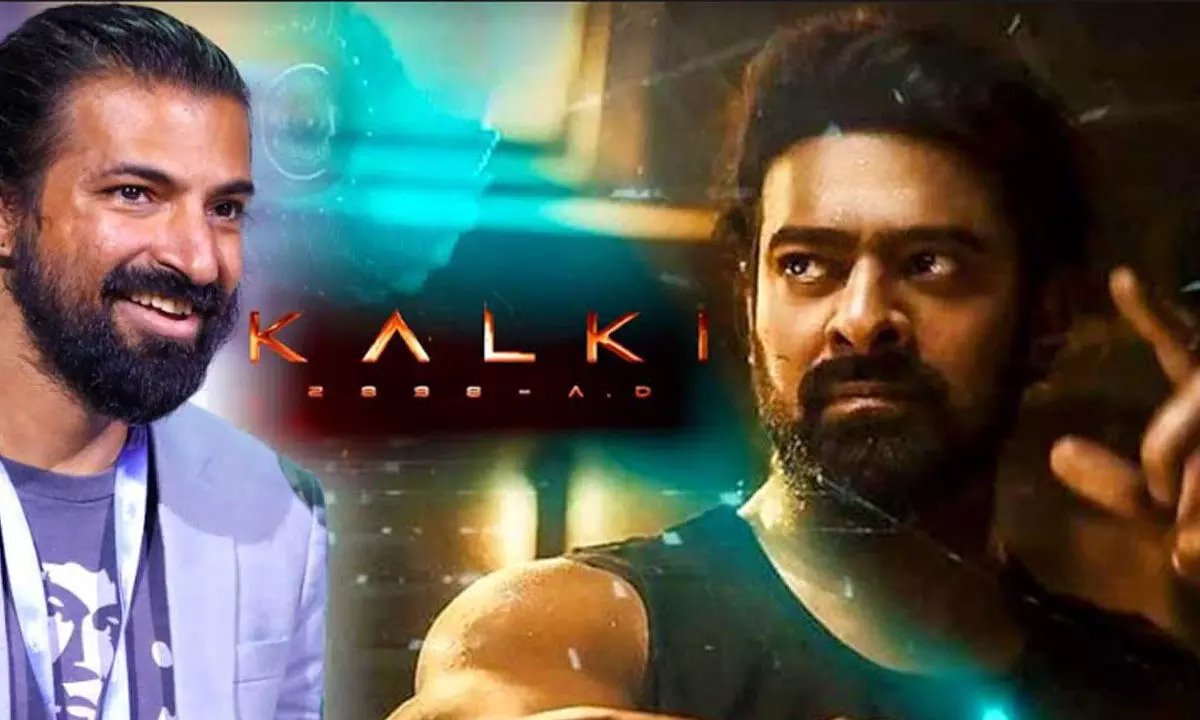Live
- Ganja and Hash Oil Seized in Madhapur: Two Arrested
- Sukriti Bandreddy Shines in 'Gandhi Tata Chettu': Sukumar Praises Daughter’s Performance
- Collector calls on everyone to maintain cleanliness
- Sri City hosts CSR conclave to address nature conservation
- Replica idols of deities removed from inside temple
- Foreign investments by Indian firms register double digit growth at $37.7 billion in 2024
- Cleanliness key to good health says MP Vemireddy Prabhakar Reddy
- Market outlook: Trump's inauguration, Q3 results key factors next week
- Collector’s call to make Tirupati a clean city
- Amit Shah urges AP BJP leaders to strengthen Party and reach out to people









